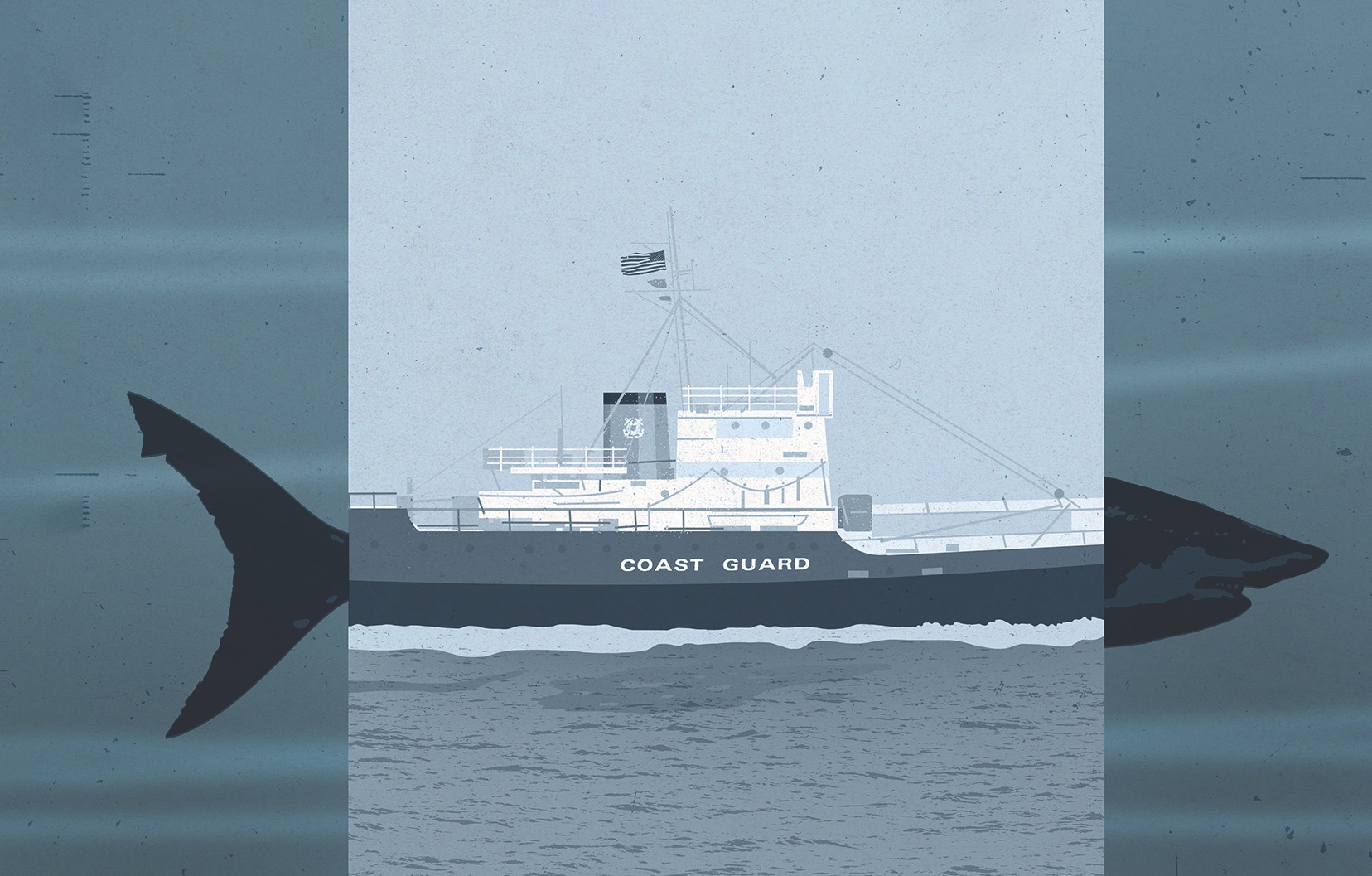Some quarter of a million men and women served in this military branch during the war and made a significant contribution to Allied victory.
IT’S BEEN NEARLY 20 YEARS since I first began researching World War II, which, as my wife likes to point out with a world-weary expression on her face, is more than three times as long as the conflict itself. Yet if I’m honest, I’m still struck by the gaps in my knowledge—as was exposed the other day when Joe Ricci, a young historian from Louisiana, came on my World War II podcast, We Have Ways of Making You Talk, to discuss the role of the U.S. Coast Guard in the war.
As far as I had been concerned, the service was little more than coast watchers, keeping a beady eye out for U-boats; I knew that coastguardsman John C. Cullen once caught red-handed some really low-grade Nazi spies who came ashore at Amagansett, New York, in June 1942. But that’s about as far as my understanding went. It seems, however, that I was far from alone in my under-appreciation of the Coast Guard’s wartime contribution; listeners expressed their surprise about the vital role this fourth service played.
Ashamed, I’ve since been reading up. I learned the Coast Guard was the designated service for operations in Greenland, for example—essential for transatlantic supply and the U-boat war. Coastguardsmen on the cutter Northland became the first American servicemen to make contact with the enemy when, on September 12, 1941, they captured a vessel that had dropped German troops with radio equipment on Greenland.
And that was just the start. The Coast Guard took part in the defense of Pearl Harbor and played a vital role in the Battle of the Atlantic before rapidly evolving and deploying around the world, escorting convoys across the Atlantic and into the Mediterranean and Caribbean, and taking part in amphibious assaults from Normandy to the South Pacific. It was at the far-off Pacific island of Guadalcanal that Signalman First Class Douglas Munro was awarded a posthumous Medal of Honor while helping to evacuate a Marine battalion ambushed at Point Cruz.
Joe Ricci also told me the story of Marvin Perrett, a New Orleans native whose extraordinary wartime career was in many ways typical of those in the Coast Guard. Joining up in September 1943, he went through extensive training—often in tandem with U.S. Marines—before being posted to the Coast Guard’s attack transport, USS Bayfield, as a coxswain for one of its landing craft. These were the famous Higgins boats, designed and built in Perrett’s home city. Shortly later, Perrett found himself heading across the Atlantic to join preparations for the Normandy invasion. One of the first exercises he took part in was the ill-fated Operation Tiger, in which American landing craft were ambushed by German E-boats. Perrett saw it all: “the explosion, the fire, the whole nine yards.”
On June 6, 1944, he was coxswain of a Higgins boat at Utah Beach, a role that required immense skill, a cool head, and nerves of steel. Even there, where opposition was lightest of all invasion beaches, the weather was appalling, the anti-invasion obstacles numerous, and the conditions extremely difficult, to say the least—with plenty of bullets and enemy fire heading his way. Perrett was only 18, but he delivered his first 36 men directly onto the beach.
He later took part in the invasion of southern France and then shipped to the Pacific, taking troops to the shores of Iwo Jima and Okinawa. Iwo Jima, especially, was a rough one. A Marine stumbled, and Perrett had to reverse to prevent the unanchored Higgins boat from crushing him; water then poured through the open bow, causing the craft to sink. Perrett found himself ashore armed with only a 1903 Springfield.
His story is not atypical. Some quarter of a million men and women served in the U.S. Coast Guard in World War II and made a significant contribution to Allied victory. It was good to hear Perrett’s story and to learn so much more about America’s heroic fourth service; while my wife might roll her eyes, I still have a lifetime of learning to go. ✯
This article was published in the February 2021 issue of World War II.





